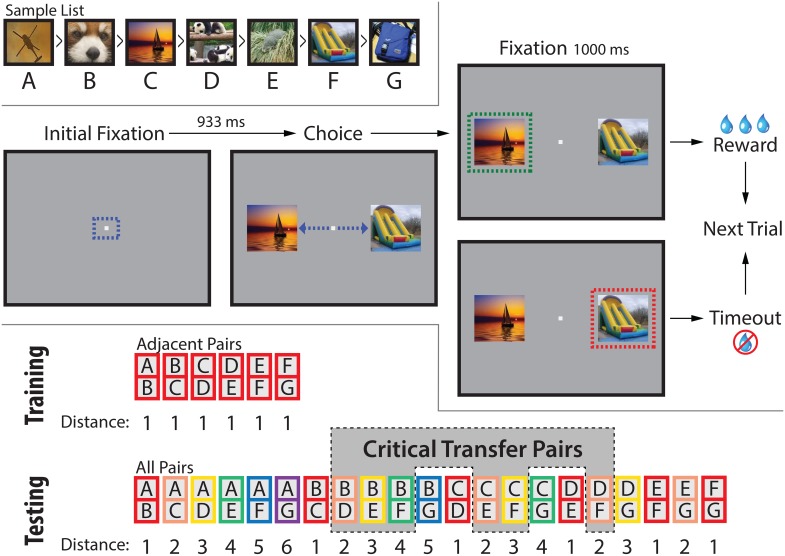Fig 1. The transitive inference procedure, as implemented for rhesus macaques responding using eye tracking.
(Top) Each session used a novel seven-item list, like the one depicted here. However, subjects were never presented with the entire list. (Middle) Each trial began with a fixation point. Following fixation, two stimuli appeared, and subjects received feedback upon a saccade to either stimulus. If the stimulus appearing earlier in the list was selected, a reward was delivered; if the other stimulus was selected, the animal was subjected to a timeout. Either outcome constituted the completion of a trial. In the event of an incomplete trial (e.g. subjects fixating but failing to saccade to a stimulus) was deemed incomplete and did not count toward the set of trials completed. All dashed lines and arrows represent eye movements and fixation areas, and did not appear on the screen. (Bottom) Subjects were initially trained only on the six adjacent pairs. Following adjacent pair training, subjects were then tested on all twenty-one pairs. These varied in their ordinal distance (with the pair AG being the largest). Additionally, six pairs were considered the critical transfer pairs (shaded in gray) because they were neither adjacent nor did they include the terminal items. Consequently, these are the pairs that provide the strongest test of transitive inference and symbolic distance effects.

